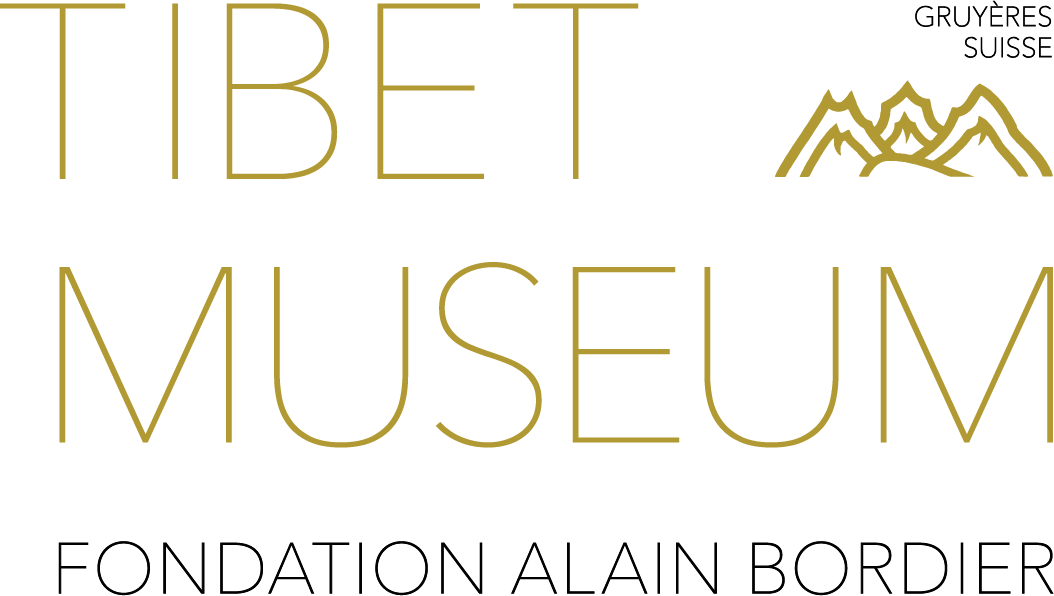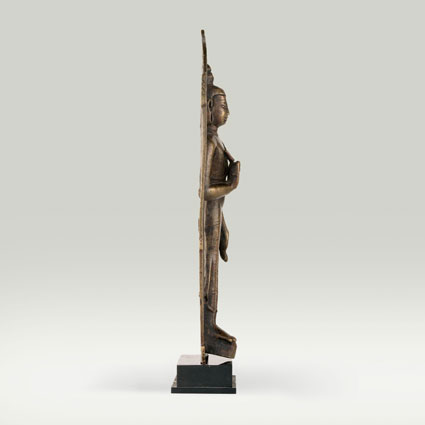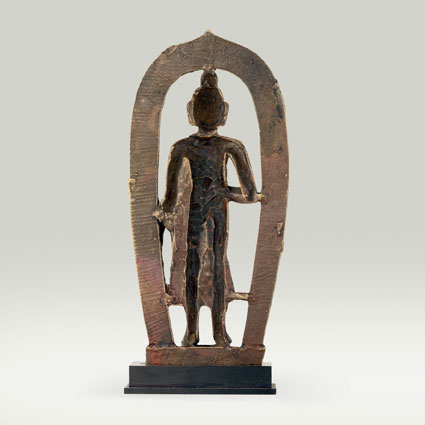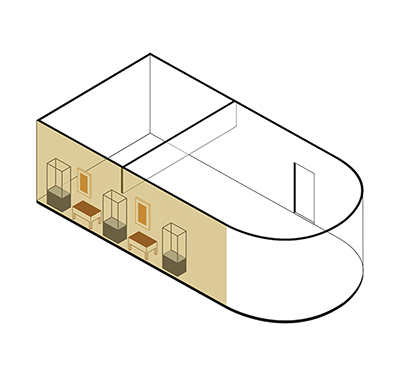ABS 146
Code: ABS 146
Country: Tibet
Style:
Date: 1050 - 1150
Dimensions in cm WxHxD: 7.1 x 15.8 x 3.2
Materials: Brass
Shakyamuni standing
Relief cast in one piece.
The Buddha stands fully upright (samabhanga) and is encircled by an aureole. The upper monastic garment (uttarasanga) is rendered with a few pleats and covers only the left shoulder.
The extent to which Tibetans did themselves cast images during the 11th-12th century period is disputed among art historians. It should be recalled that the majority of the inhabitants of Tibet were in general nomads engaged in animal husbandry with only a few moderately sophisticated settlements. In any society completely unfamiliar with the artistic conception of sculpture, the process of developing the skills of casting usually takes more than one generation to mature. It can be assumed that the earliest images made by Tibetans were of small size and manufactured with the help of reusable matrixes which simplified the wax modelling process. This standing representation of a Buddha is an example of an early Tibetan metal statue cast like a relief with the back side left open. Linear engravings and clusters of dots are one of the general characteristics of early Tibetans metal sculptures.
Relief cast in one piece.
The Buddha stands fully upright (samabhanga) and is encircled by an aureole. The upper monastic garment (uttarasanga) is rendered with a few pleats and covers only the left shoulder.
The extent to which Tibetans did themselves cast images during the 11th-12th century period is disputed among art historians. It should be recalled that the majority of the inhabitants of Tibet were in general nomads engaged in animal husbandry with only a few moderately sophisticated settlements. In any society completely unfamiliar with the artistic conception of sculpture, the process of developing the skills of casting usually takes more than one generation to mature. It can be assumed that the earliest images made by Tibetans were of small size and manufactured with the help of reusable matrixes which simplified the wax modelling process. This standing representation of a Buddha is an example of an early Tibetan metal statue cast like a relief with the back side left open. Linear engravings and clusters of dots are one of the general characteristics of early Tibetans metal sculptures.





